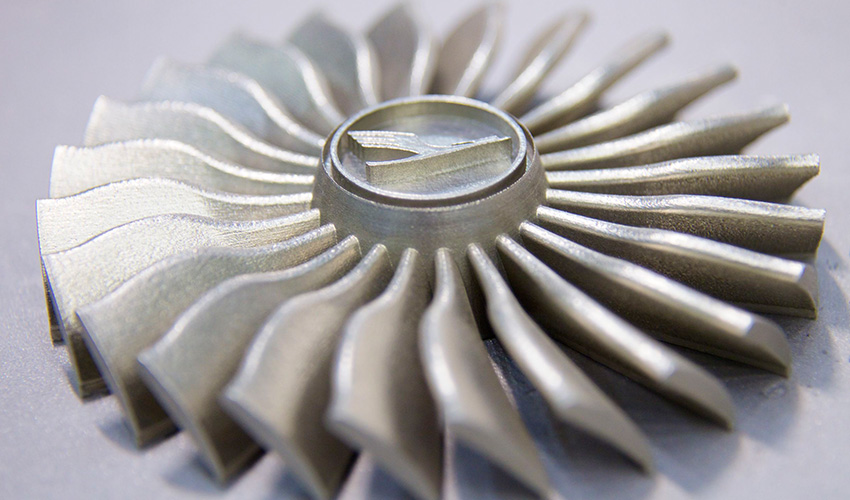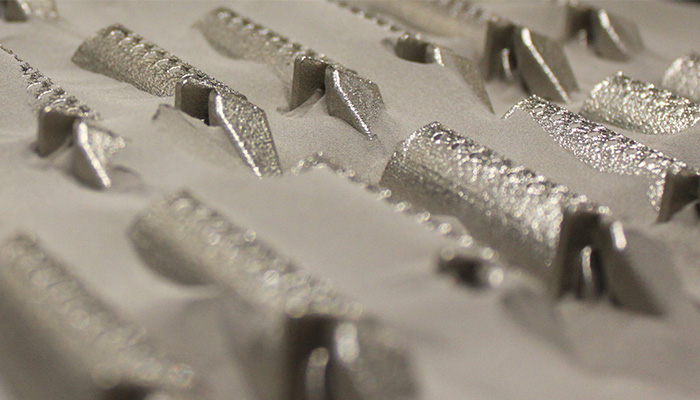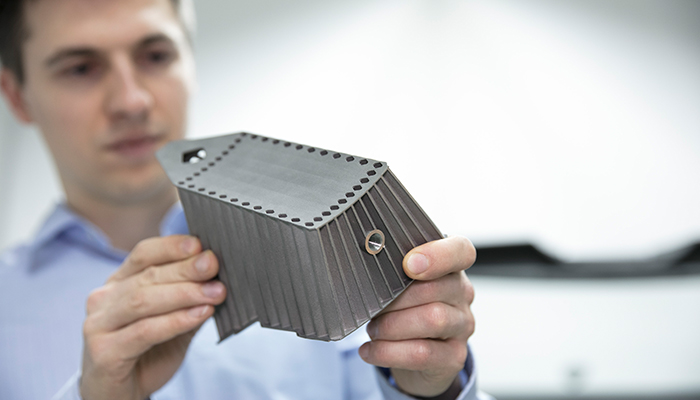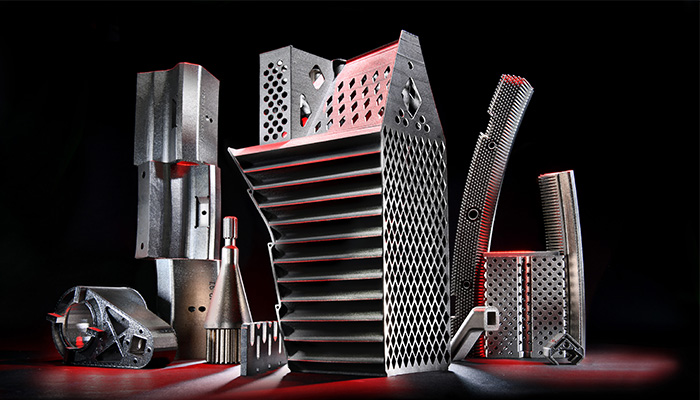Lufthansa Technik continues to leverage 3D printing technologies for its aircraft

The aerospace industry has been one of the earliest adopters of additive manufacturing technologies. Aerospace companies see an undeniable advantage in investing in 3D printing as it is extremely important for prototyping and tooling applications as well as end-part production. The Gartner Hype Cycle also predicted that 3D printing in aerospace and defence would reach its plateau of productivity in 5 to 10 years – not too long from now! Lufthansa, one of the largest airline companies in Europe has been integrating additive manufacturing for the production of some of its aircraft parts. More specifically, it’s Lufthansa Technik, the Maintenance, Repair and Overhaul (MRO) division of Lufthansa that established an additive manufacturing centre in Germany for the development of these parts. In order to learn more about the division’s activities we spoke to Dr. Aenne Köster, Head of Lufthansa Technik’s AM Center!
3DN: Could you briefly introduce yourself and your connection to additive manufacturing?
My name is Aenne Köster, I have a PhD in materials science and have been head of the Additive Manufacturing Center (AM Center) at Lufthansa Technik since early 2018.
3DN: Why did you decided to create the AM Center? What are its goals?

Dr. Aenne Köster
Lufthansa Technik has opened the cross-divisional AM Center with the aim of bundling and expanding the competence and experience that the MRO (maintenance, repair and overhaul) company has gained with this new technology in the past. This is intended to increase the maturity of the technology and promote the development of new products.
The AM Center is relying on a holistic approach to manufacturing technology in order to accelerate the development and implementation of additively manufactured products. This approach ranges from the design and manufacturing process to quality control, approval and application of the product.
The center focuses on the prototyping, tooling and flying clusters: Additively manufactured prototypes are used for mock-ups or fitchecks (“Prototyping” cluster). The demanding tasks within the MRO business also require tailor-made tools. Here, the center provides the workshops with the appropriate tools: from precision fitting made of polymer materials to high-strength metal pressing tools (cluster “Tooling”). One of the main tasks, however, remains the development of new repairs, new spare parts or new components for aviation use, taking into account the requirements of the approval procedure and the qualification of the manufacturing process (“Flying” cluster).
3DN: What benefits do you see for the aerospace sector in general and Lufthansa in using this technology?
The advantages of additive manufacturing, such as greater design freedom, faster manufacturing and weight reduction can be used for new products on the ground or in the air. Lufthansa Technik uses the technology to make its repair and maintenance processes more efficient internally, as well as to develop additively manufactured individual parts and new repairs for aircraft components.

Credits: Lufthansa Technik AG
3DN: What are limitations of AM for aircraft parts?
A tool or an aircraft component that can be manufactured using additive manufacturing must always be evaluated on a component-specific basis first. Here, for example, we check which restrictions exist to material, surface quality or component size. In addition, when using additive manufacturing for repairs and the production of spare parts or tools within the MRO business, it is imperative to respect the right of third parties, just as when using conventional manufacturing processes. Lufthansa Technik works according to this principle in all developments of individual parts or new repairs.

Collin Theiss, engineer at Lufthansa Technik’s AM Center, inspecting a tool for welding repairs produced by 3D printing | Credits: Lufthansa Technik AG ; Photographer: Jan Brandes
3DN: What are Lufthansa Technik’s future projects at the AM Center?
All developments and work carried out at the AM Center have a strong product focus. The goal of all activities is to make the best possible use of AM technology for Lufthansa Technik, today and in the future. This can be reflected in the successful application of the technology, in the more efficient design of internal repair and maintenance processes or in the successful market launch of additively manufactured individual parts and new repairs for aircraft components.

A selection of different 3D printed parts (mostly from the tooling category) designed and manufactured at Lufthansa Technik’s AM Center | Credits: Lufthansa Technik AG ; Photographer: Jürgen Mai
What do you think of Lufthansa’s use of 3D printing technologies? Let us know in a comment below or on our Facebook and Twitter pages! Sign up for our free weekly Newsletter, all the latest news in 3D printing straight to your inbox!







